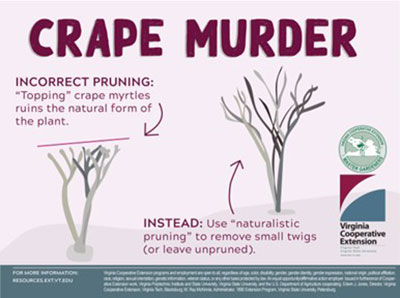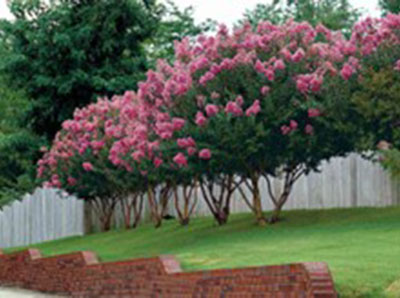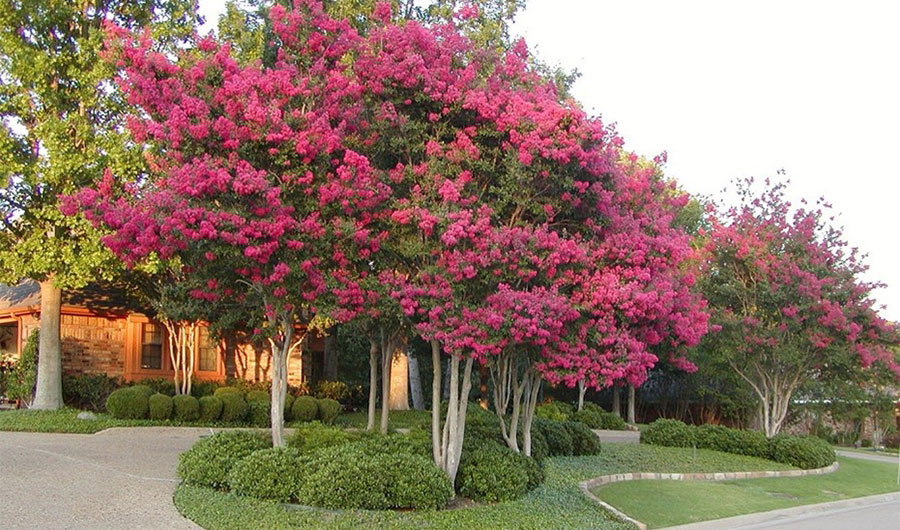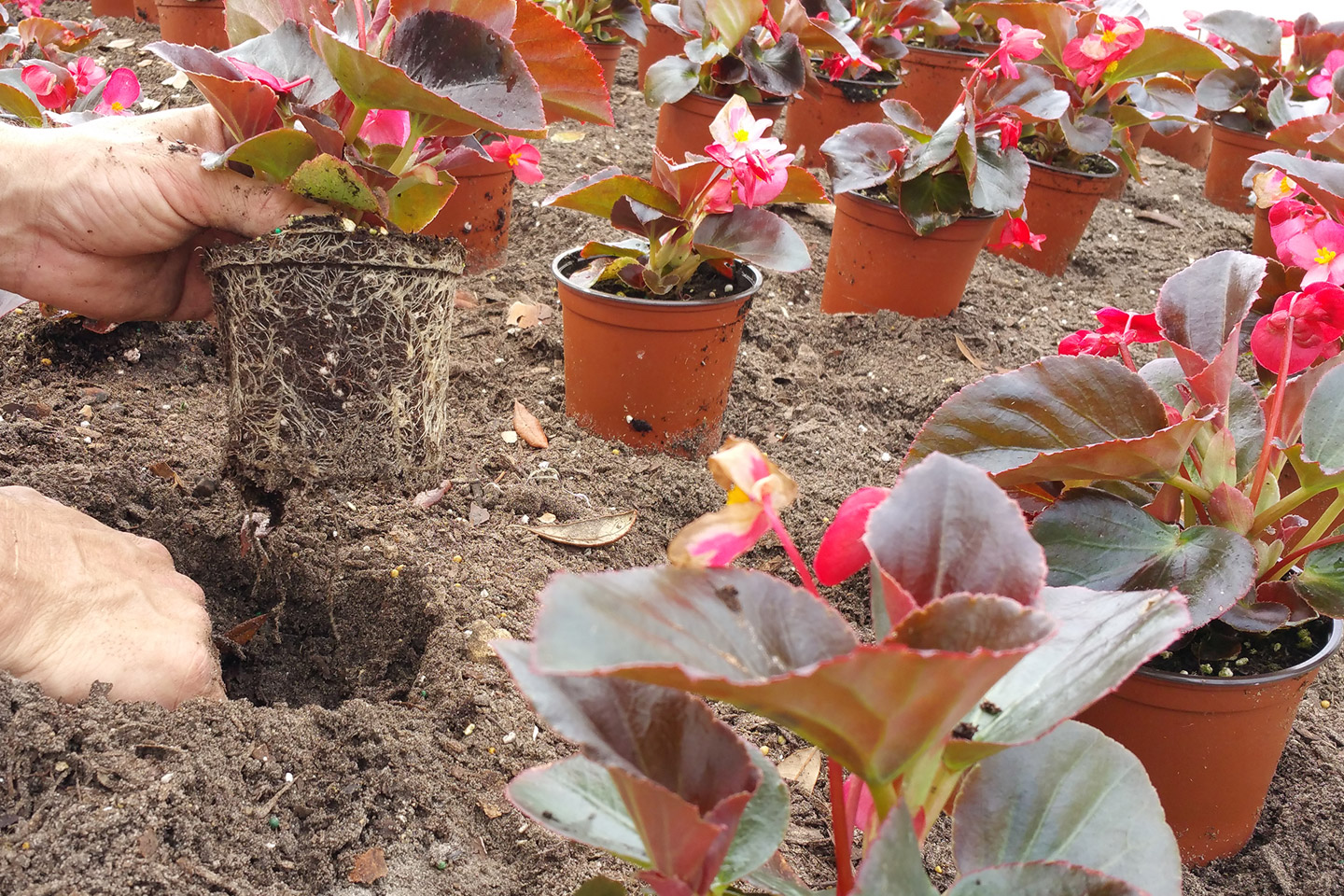Pruning Crape Myrtles - Sit Down with CEPRA
Crape myrtles are a special tree. Their beauty is as striking as it is recognizable. With an array of pink and white floral hues and multicolored marbled trunks, these specimen trees are often the pride and joy of many Floridian neighborhoods. Some communities even require a maintenance line item specific to their care to ensure their longevity for years to come. And like many other timeless artifacts, the crape myrtle's standards of care have changed over the years. The most notable of these changes is the new methodology regarding their pruning.

Pink and white crape myrtles in full bloom.

Crape myrtles that have been topped off growing back.
In the 1980s and 1990s, the standard practice for pruning crape myrtles was to cut them down to roughly 4-5' high. This was done using a chainsaw or other heavy-duty loppers. While it seems brutal, this method worked! In the spring, new branches would emerge from the stumps. However, it left unsightly knobs at the cutting site, and impeded the overall structure of the tree. The new branches would have weak attachments, and would never be allowed to grow to the same circumference of the trunks. This looked unbalanced, and took away from the beauty of the specimen tree.
Eventually, this method of hacking away at the plants was given a new moniker: "Crape Murder." Albeit a bit dramatic (although no more dramatic than the unsightly knobs left behind after such a pruning), it is an excellent reminder on why we have moved away from this as the standard. So, what is the best way to prune crape myrtles in 2022? Pencil Pruning.

"Crape Murder"

"Pencil Pruning"
When it comes to pruning crape myrtles, "pencil pruning" is the new law of the land ("new," of course, meaning "the last 20 years"). This is when you prune all the spent branches that are approximately the width of a finger or pencil. These types of structural prunes allow for the removal of spent blooms, crossing branches, rubbing branches, dead wood, and overall nonproductive limbs, all while maintaining the overall structure of the tree. Gone are the days of knobby stumps!

University of Virginia recommended pruning practices for Crape Myrtles.

A beautiful display of pink blooms in the spring after a prune.
The best time to prune crape myrtles is when they are completely defoliated. Thus, pencil pruning typically takes place in the winter. For Floridians, this means pruning is usually done in February, just after the last freeze and before the new spring days. The trees are bare of their leaves, and the width and conditions of the limbs are easier to identify. A professional then takes pruners - not loppers or chainsaws - and removes any of the aforementioned problem branches, as well as any suckers that may be growing. Come spring, new flushes of growth and beautifully colorful flowers are on full display!
If the crape myrtles in a community are still becoming victims to "crape murder," it is likely one of two things: either the people maintaining the tree are not aware of the new practice, or the tree is too large for the space. While the former requires a quick educational lesson, the latter requires more understanding of the plant habits. A crape myrtle is a tree, not a bush. Understanding it has a habit of growing to 20-30' is important to ensure that the main principle of horticulture maintenance is adhered to: "Right plant, right place." If a crape myrtle is constantly being pruned to stay small in stature, it is time to consider replacing it with a shrub that can better accommodate the space.

A landscape featuring pink crape myrtles as a specimen tree.
Conclusion
Crape myrtles are unique in their beauty, because even without foliage, they stand out. Their status as a specimen tree is an excellent example of how horticultural practices can adapt over time given the latest research. As professionals, it is important to stay current with better management practices, and implement them for the benefit of the plant. Pencil pruning is the gold standard for pruning crape myrtles, and allows for their magnificence to shine for years to come.
